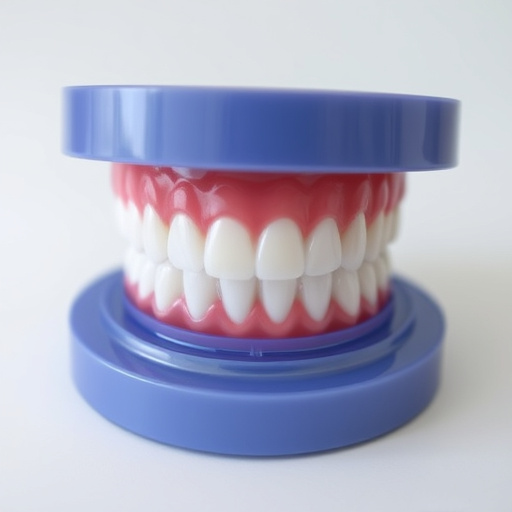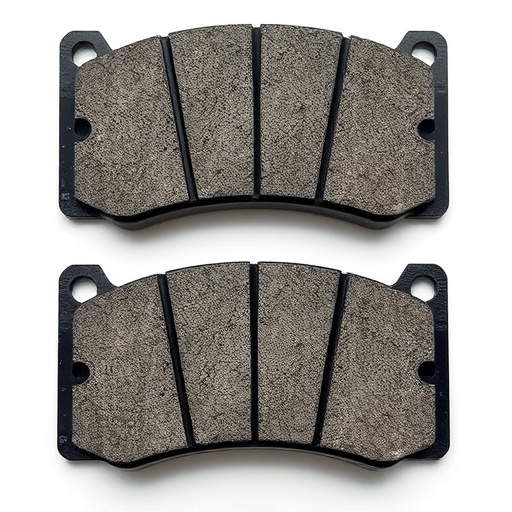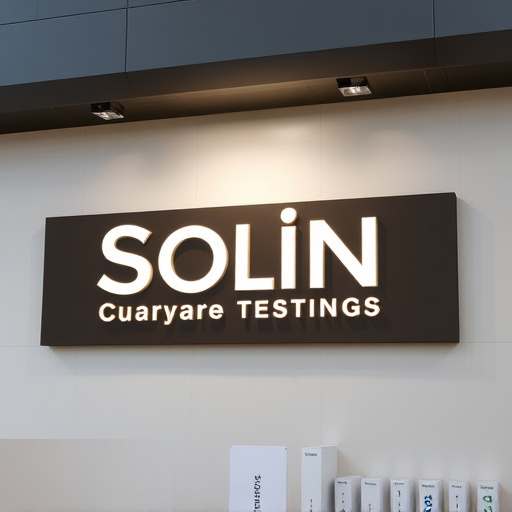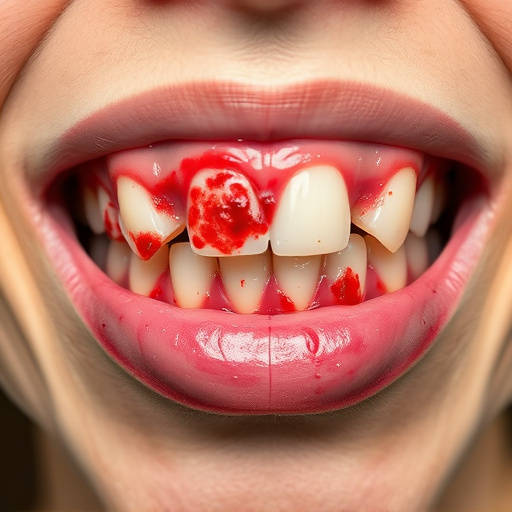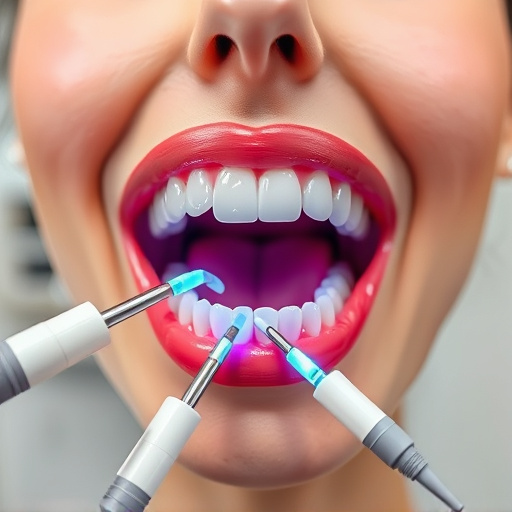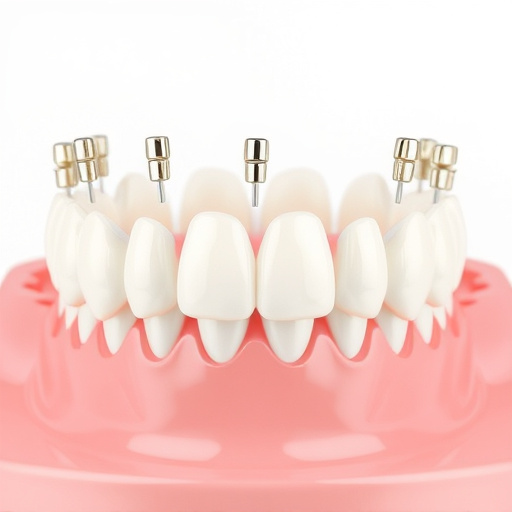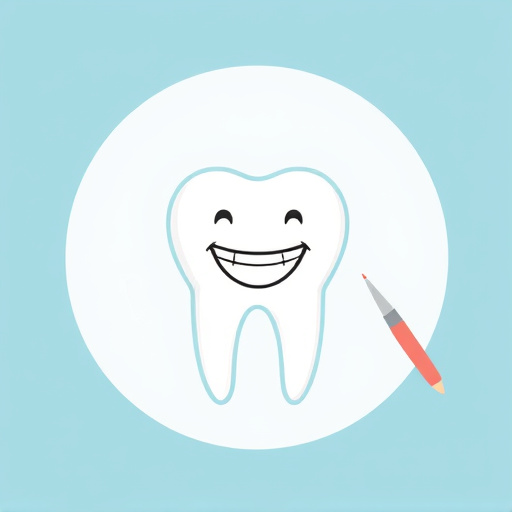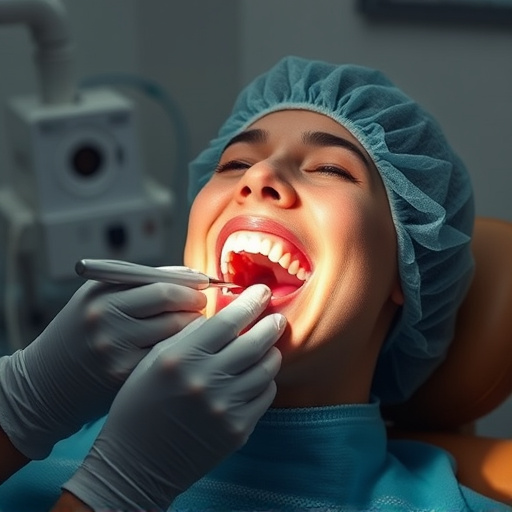Tooth extraction services have evolved, offering effective solutions for various dental issues with minimal discomfort. Common procedures include single or multiple tooth extractions due to decay, injury, or poor positioning, while complex cases may involve impacted wisdom teeth or orthodontic treatments. Modern techniques, local anesthesia, and sophisticated tools ensure precise and efficient processes, minimizing pain and anxiety, even in children's dentistry. Sedative options are available for complex extractions. Proper post-extraction care, including rest, ice packs, head elevation, salt water rinses, and avoiding spicy foods, facilitates swift recovery. Preventive dentistry, such as routine oral exams and discussing dental crowns, ensures long-term care and stability following tooth extraction services.
Looking for relief from a painful tooth? Tooth extraction services have advanced significantly, offering effective solutions to minimize both pain and stress. This comprehensive guide explores common tooth extraction procedures and reasons, delves into modern techniques designed for patient comfort, and provides essential post-extraction care tips for swift recovery. Discover how these services can transform your dental experience.
- Understanding Tooth Extraction: Common Procedures and Reasons
- Modern Techniques for Minimizing Pain During Tooth Extraction
- Post-Extraction Care: Tips for Fast Recovery and Reducing Stress
Understanding Tooth Extraction: Common Procedures and Reasons

Tooth extraction services have evolved significantly, offering patients relief from various dental issues with minimal discomfort. Understanding common procedures and reasons behind extractions is crucial for individuals navigating their oral health. One of the most straightforward methods involves removing a single tooth due to decay, injury, or poor positioning, often causing no significant pain once numbing agents are administered.
More complex cases may require the removal of multiple teeth, a process known as extraction surgery. This procedure is commonly performed for patients with severe dental damage, impacted wisdom teeth, or when preparing for orthodontic treatments like braces. While tooth extraction services can induce some stress, modern techniques and advanced anesthetics ensure that pain and discomfort are effectively managed, making the experience more comfortable for patients, including those in children’s dentistry. Alternative procedures like dental bonding and cosmetic fillings may be recommended for milder cases, offering less invasive options to restore oral health.
Modern Techniques for Minimizing Pain During Tooth Extraction

Modern dental practices have revolutionized tooth extraction services, prioritizing patient comfort and minimizing pain. Traditionally, tooth extractions were known to be quite uncomfortable procedures. However, with advancements in dentistry, various techniques have been developed to ensure a smoother experience for patients. One of the most significant breakthroughs is the use of local anesthesia, which numbs the area around the extraction site, making the process virtually painless.
Additionally, dental professionals employ sophisticated tools and equipment designed specifically for extractions, allowing for more precise and efficient work. These modern techniques not only reduce physical pain but also lower anxiety levels, making routine oral exams and family dentistry visits less stressful. Many clinics now offer sedative options to further alleviate patient concerns, ensuring that even complex tooth extractions can be performed with minimal discomfort.
Post-Extraction Care: Tips for Fast Recovery and Reducing Stress

After a tooth extraction, proper post-extraction care is essential for a swift recovery and to minimize stress. The first 24 hours are critical; ensure you rest adequately and apply an ice pack to reduce swelling. Keep your head elevated when sitting or lying down. Avoid strenuous activities and heavy lifting during this period.
To aid healing and prevent complications, follow the dentist’s instructions diligently. This may include taking prescribed medications for pain and infection, keeping the extraction site clean by gently rinsing with salt water, and avoiding spicy or hot foods that could irritate the wound. Regularly check your mouth for any signs of infection, such as increased swelling, severe pain, or pus. Remember, preventive dentistry plays a vital role in overall oral health, so consider scheduling routine oral exams and discussing dental crowns for long-term care and stability after extraction.
Tooth extraction services have advanced significantly, offering patients effective pain management and faster recovery times. By employing modern techniques such as local anesthesia, gentle extraction methods, and post-op care guidance, dental professionals ensure minimal discomfort and stress during and after procedures. Understanding these processes empowers individuals to make informed decisions, promoting oral health and peace of mind.

